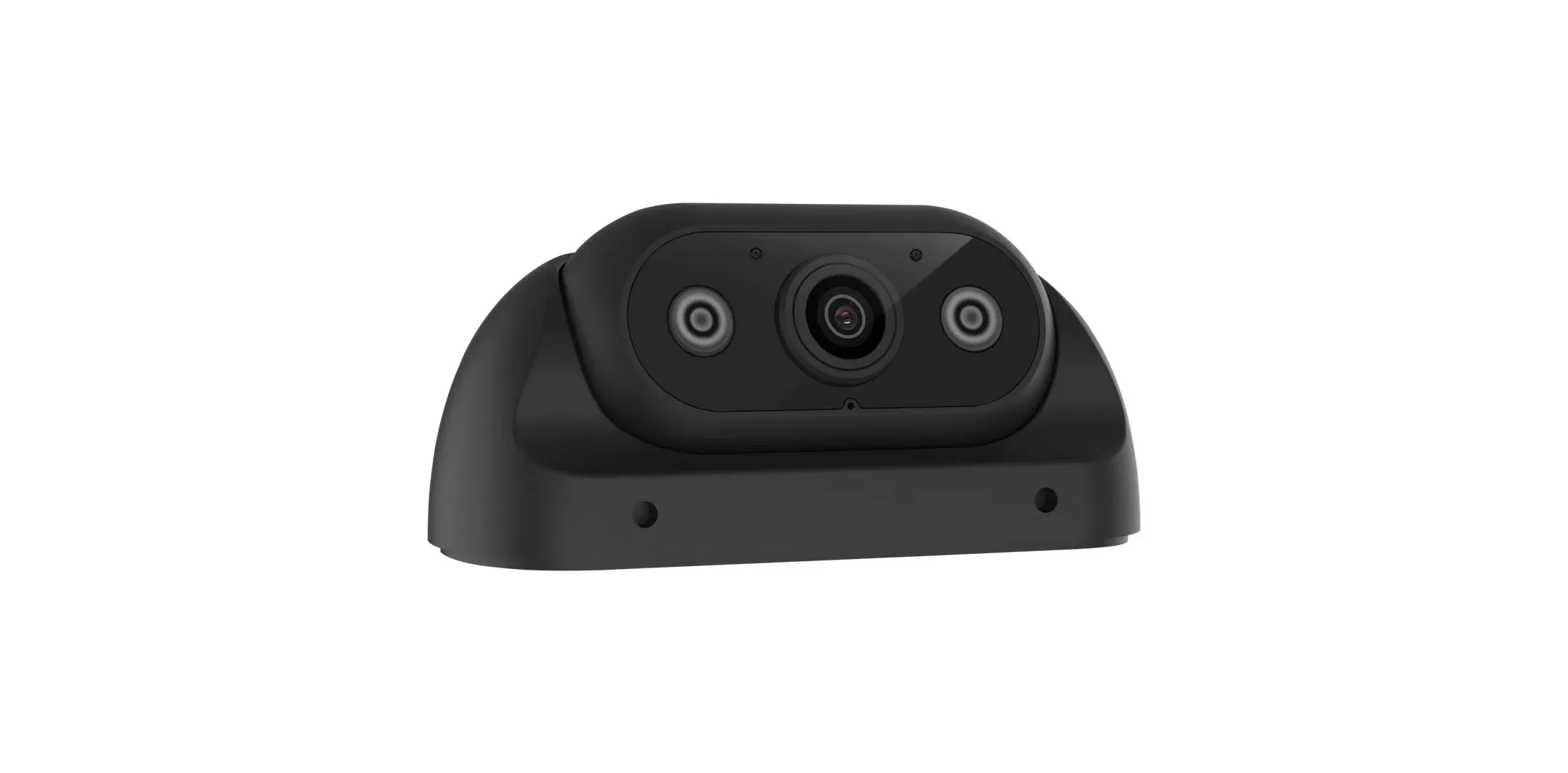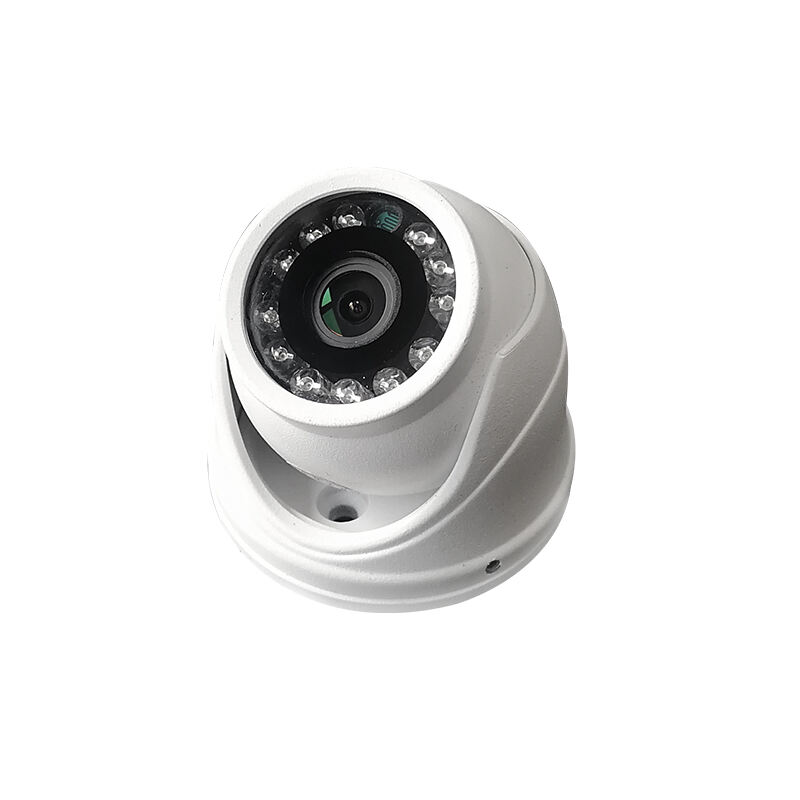Transforming Public Transit Operations with Advanced Passenger Counting Technology
The evolution of public transportation has reached new heights with the integration of smart technologies, and at the forefront of this revolution is the passenger counter for bus systems. This sophisticated technology has become an indispensable tool for modern fleet management, offering unprecedented insights into ridership patterns and operational efficiency. Transit authorities worldwide are discovering how these automated counting systems can dramatically transform their operations, leading to optimized routes, improved service quality, and significant cost savings.
Modern passenger counters utilize advanced sensors and artificial intelligence to deliver real-time data about passenger movements, helping transit operators make informed decisions about their fleet operations. The impact of these systems extends far beyond simple headcounts, influencing everything from schedule planning to vehicle deployment strategies.
Core Components of Bus Passenger Counting Systems
Advanced Sensor Technologies
At the heart of every passenger counter for bus systems lies sophisticated sensor technology. These sensors typically employ infrared beams, 3D imaging, or computer vision algorithms to accurately track passenger boarding and alighting. Unlike traditional manual counting methods, these automated systems can achieve accuracy rates of up to 98%, providing reliable data even during peak hours when manual counting becomes practically impossible.
The latest generation of counting sensors can distinguish between adults, children, and objects, eliminating false counts that might occur from luggage or other items. This level of precision ensures that transit operators have access to highly accurate ridership data for their planning and optimization efforts.
Data Processing and Analytics Platform
The raw data collected by passenger counters undergoes sophisticated processing through integrated analytics platforms. These systems convert countless data points into actionable insights, helping transit authorities understand peak usage times, popular routes, and capacity utilization patterns. The analytics platform can also identify trends over time, enabling proactive adjustments to service delivery.
Modern analytics solutions often incorporate machine learning algorithms that can predict future ridership patterns based on historical data, weather conditions, and special events. This predictive capability allows transit operators to optimize their fleet deployment well in advance of actual demand.

Operational Benefits and Efficiency Gains
Route Optimization and Schedule Adjustment
One of the most significant advantages of implementing a passenger counter for bus fleets is the ability to optimize routes based on actual usage patterns. By analyzing detailed ridership data, transit authorities can identify underutilized routes, overcrowded services, and opportunities for schedule adjustments. This data-driven approach ensures that resources are allocated where they are needed most, improving both operational efficiency and passenger satisfaction.
Transit planners can use historical passenger count data to make informed decisions about service frequency, vehicle capacity, and route modifications. This optimization process often leads to reduced operating costs while maintaining or improving service quality for passengers.
Resource Allocation and Fleet Management
Efficient resource allocation becomes significantly easier with accurate passenger counting systems in place. Transit operators can match vehicle capacity with actual demand, preventing the deployment of oversized buses during off-peak hours or insufficient capacity during rush hours. This precise matching of supply with demand results in optimal fuel consumption and reduced wear and tear on vehicles.
The ability to track passenger loads in real-time also enables dynamic fleet management, allowing operators to respond quickly to unexpected surges in demand or service disruptions. This agility in fleet operations can significantly improve service reliability and passenger satisfaction.
Financial Impact and ROI Considerations
Cost Reduction Through Data-Driven Decision Making
Installing a passenger counter for bus systems represents an initial investment that typically pays for itself through various operational savings. By optimizing routes and schedules based on actual ridership data, transit authorities can reduce unnecessary service hours, fuel consumption, and maintenance costs. These efficiency gains often translate into substantial annual savings that far exceed the initial implementation costs.
The financial benefits extend beyond direct operational costs. Accurate passenger counting also helps in revenue protection by ensuring proper fare collection and providing data for revenue allocation in shared transit systems. This data can be particularly valuable for systems that receive funding based on ridership numbers.
Revenue Enhancement Opportunities
Beyond cost savings, passenger counting systems can help identify opportunities for revenue growth. By understanding peak usage patterns and popular routes, transit authorities can optimize their pricing strategies and introduce targeted service improvements that attract more riders. The detailed ridership data can also support applications for funding and grants by providing concrete evidence of service utilization and improvement needs.
Some transit authorities have found success in using passenger count data to develop premium services or express routes based on identified travel patterns, creating new revenue streams while meeting specific community needs.
Future Trends and Technology Integration
Integration with Smart City Initiatives
The future of passenger counting systems lies in their integration with broader smart city initiatives. Modern passenger counter for bus systems can interface with traffic management systems, mobile apps, and other urban mobility solutions to create a more connected and efficient transportation network. This integration enables real-time passenger information systems and improved coordination between different modes of transport.
As cities continue to develop their smart infrastructure, the role of passenger counting systems will expand to include features like predictive analytics for maintenance, automated capacity management, and enhanced passenger experience solutions.
Enhanced Analytics and AI Applications
Artificial intelligence and machine learning are revolutionizing how passenger counting data is analyzed and utilized. Future systems will offer increasingly sophisticated predictive capabilities, helping transit authorities anticipate and respond to changing mobility patterns before they emerge. These advanced analytics will enable more precise service planning and dynamic route optimization.
The integration of AI-powered analytics with passenger counting systems will also facilitate better understanding of passenger behavior, enabling transit authorities to design services that better meet the evolving needs of their communities.
Frequently Asked Questions
What accuracy level can I expect from a modern bus passenger counter?
Modern passenger counting systems typically achieve accuracy rates between 95% and 98% under normal operating conditions. This high level of accuracy is maintained across various lighting conditions and passenger volumes, making these systems reliable for both operational planning and regulatory reporting.
How long does it take to see return on investment from passenger counting systems?
Most transit authorities report seeing significant returns within 12-24 months of implementation. The exact timeline depends on factors such as fleet size, current operational efficiency, and how effectively the gathered data is utilized for optimization purposes.
Can passenger counting systems integrate with existing fleet management software?
Yes, most modern passenger counter for bus systems are designed with open APIs and standard integration protocols, allowing them to work seamlessly with existing fleet management and scheduling software. This integration capability ensures that transit authorities can maximize the value of their technology investments.


